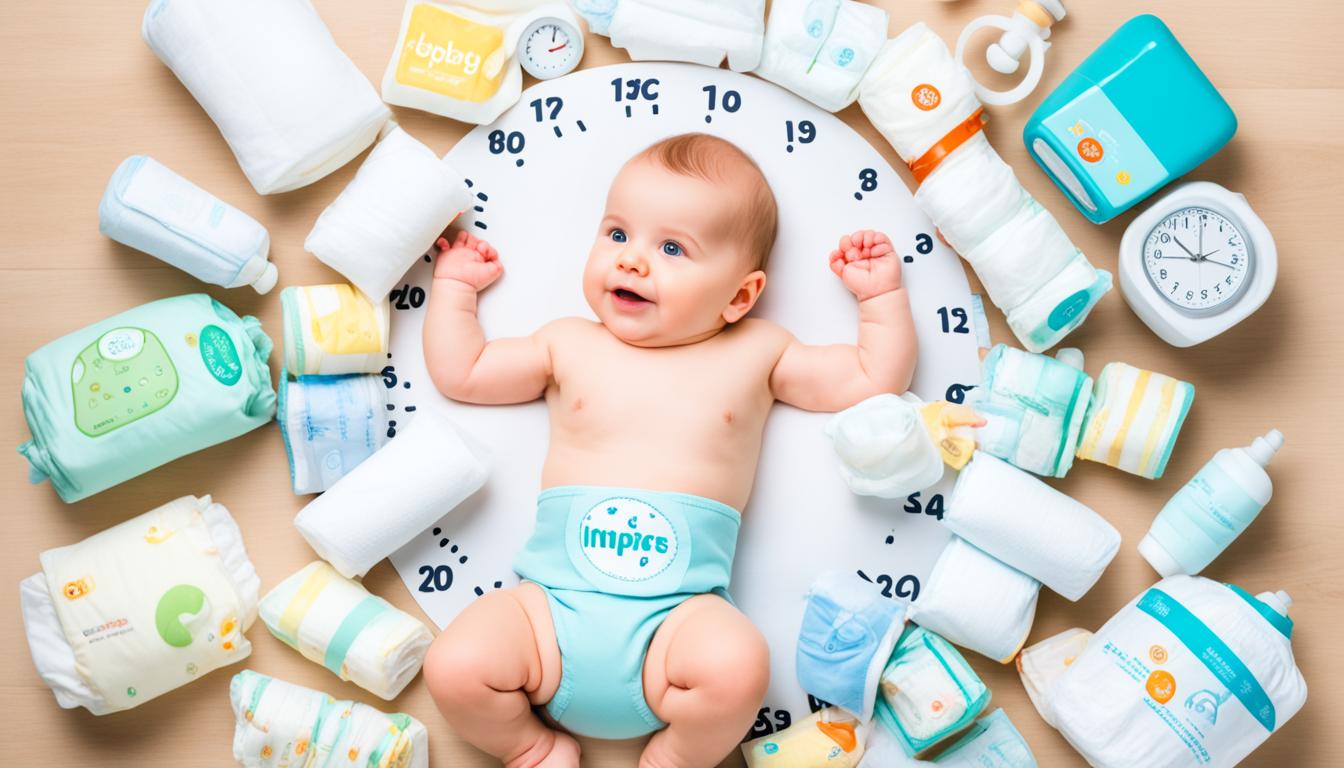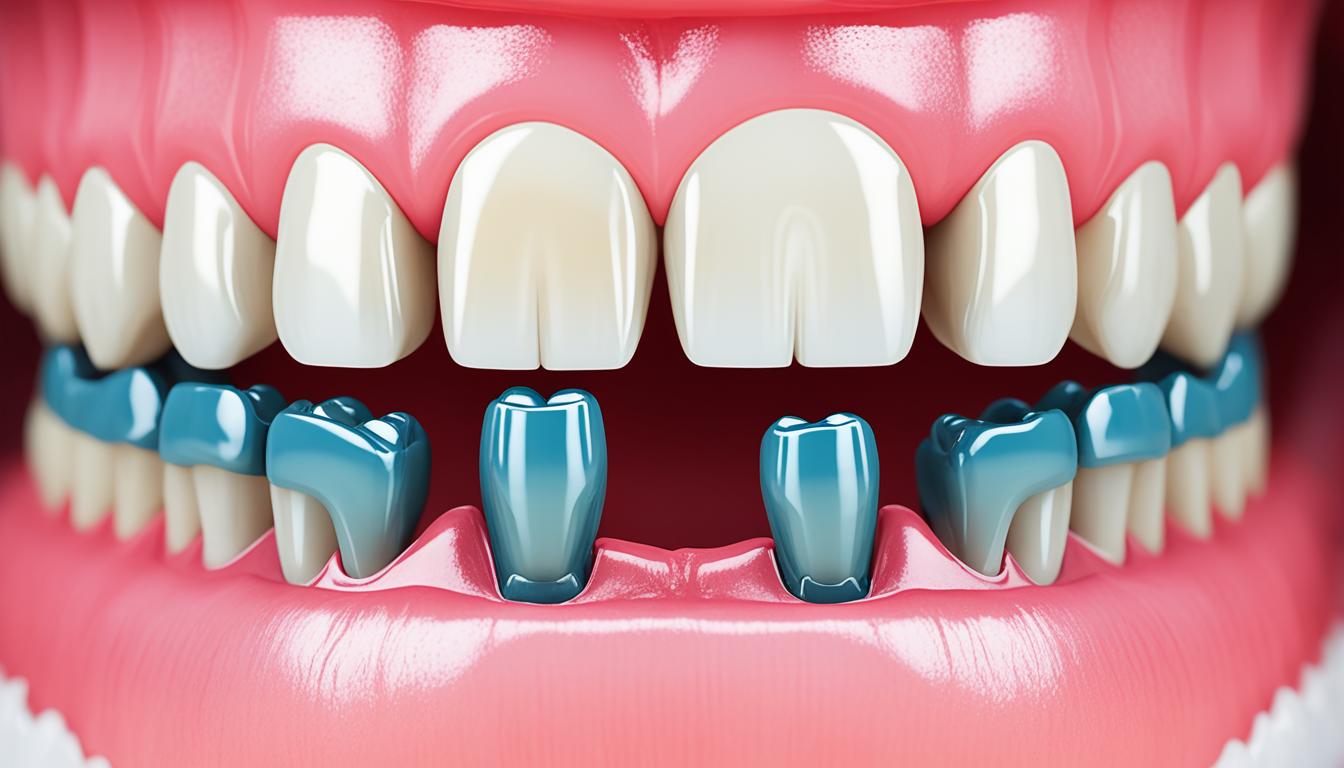Can A Baby Choke To Death On Mucus? Protecting Infants
As a concerned parent, you may have wondered, “Can a baby choke to death on mucus?” It’s a valid question, and yes they can. Understanding the risks and hazards associated with mucus in infants is crucial to keeping your little one safe and healthy.
Babies have delicate airways and immature immune systems, making them more susceptible to excess mucus buildup. While mild choking or gagging may occur, it’s essential to know how to address the situation and prevent any serious complications.
Key Takeaways:
- Mucus buildup in a baby’s nose or throat can lead to choking or gagging.
- Recognize the signs of baby choking and act quickly to dislodge the mucus.
- Common triggers of excess mucus in babies include smoke, dust, viruses, and allergies.
- Understanding the colors of baby mucus can help identify potential health issues.
- Home remedies can provide relief from excess mucus, but certain practices should be avoided.
Signs of Baby Choking and Emergency First Aid
If you notice your baby coughing, sputtering, or having difficulty breathing, it may be a sign that they are choking on mucus. In such cases, it’s important to act fast. Lay your baby belly down on your forearm with their head lowered slightly. Firmly but gently tap their upper back to dislodge the mucus ball. If your baby is not breathing normally, call 911 immediately.
Choking can be a frightening experience for both the baby and the caregiver. Knowing the signs of baby choking and how to provide emergency first aid is crucial in preventing complications and ensuring your baby’s safety.
Symptoms of Baby Choking
When a baby is choking on mucus, there are several signs that can indicate an obstruction in their airway:
- Coughing, gagging, or choking sounds
- Difficulty breathing or noisy breathing
- Pale or bluish skin color
- Inability to cry or make sounds
- Weak or ineffective coughing
- Unresponsiveness or loss of consciousness
It’s important to stay calm and act quickly if you observe any of these symptoms in your baby.
Emergency First Aid for Baby Choking
If your baby is choking on mucus, the following steps can help dislodge the obstruction and restore their breathing:
- Lay your baby belly down on your forearm with their head lowered slightly. Make sure to support their head and neck.
- Use the heel of your hand to firmly but gently tap your baby’s upper back between the shoulder blades. This can help loosen and dislodge the mucus.
- Check your baby’s mouth and remove any visible mucus or obstructions using your fingers, if possible.
- If your baby is not breathing normally or the obstruction is not clearing, call 911 immediately for professional assistance.
Remember to stay with your baby and continue providing first aid until medical help arrives.
Being aware of the signs of baby choking and knowing how to provide emergency first aid can make a lifesaving difference for your little one. By acting quickly and calmly, you can help dislodge the mucus and restore their breathing, ensuring their safety and well-being.
| Signs of Baby Choking | Emergency First Aid |
|---|---|
| Coughing, gagging, or choking sounds | Lay your baby belly down on your forearm with their head lowered slightly. Firmly tap their upper back to dislodge the mucus. |
| Difficulty breathing or noisy breathing | Check your baby’s mouth and remove any visible mucus or obstructions. |
| Pale or bluish skin color | If the obstruction is not clearing, call 911 for professional assistance. |
| Inability to cry or make sounds | |
| Weak or ineffective coughing | |
| Unresponsiveness or loss of consciousness |
Causes and Triggers of Excess Mucus in Babies
Babies are more prone to congestion and excess mucus due to their tiny nasal passages and developing immune systems. The presence of excess mucus can cause blockage in the airways, leading to discomfort and potential breathing difficulties.
There are various factors that can trigger an overproduction of mucus in infants. Understanding these causes can help parents and caregivers take necessary precautions to keep their babies healthy and safe.
| Common Causes | Impact |
|---|---|
| Cigarette Smoke | Exposure to secondhand smoke can irritate the delicate lining of the respiratory tract, leading to increased mucus production. |
| Dust and Pollutants | Inhaling dust particles and environmental pollutants can trigger an immune response in babies, resulting in excessive mucus production. |
| Viruses and Germs | Common viral infections, such as the common cold or flu, can cause inflammation in the respiratory system, leading to mucus buildup. |
| Allergies | Babies with allergies to certain substances, such as pollen or pet dander, may experience an overactive immune response, including increased mucus production. |
| Asthma | Asthma is a chronic condition that can cause airway inflammation and excessive mucus production, resulting in breathing difficulties for infants. |
| Pneumonia and Bronchiolitis | Respiratory infections like pneumonia and bronchiolitis can cause inflammation in the lungs, leading to increased mucus production and potential airway blockage. |
It’s essential to take preventive measures to minimize exposure to these triggers and maintain a clean and healthy environment for babies. Understanding the dangers of mucus in infants can empower parents and caregivers to provide the best care for their little ones.
By addressing these causes and managing excess mucus effectively, parents can help ensure their babies’ respiratory health and overall well-being.
Understanding Baby Mucus Colors
The color of your baby’s mucus can provide important insights into their health status. By observing the color of mucus, you can gain a better understanding of potential underlying conditions that may require attention and care.
Here are the different colors of baby mucus and their possible meanings:
- Clear mucus: Clear mucus is typically considered normal and is often a sign of regular respiratory function.
- White or gray mucus: Thicker white or gray mucus may indicate sinus congestion. This can be caused by various factors, including irritants in the environment or a common cold.
- Yellow mucus: Yellow mucus can suggest a mild cold or dehydration. This color may be a result of an immune system response to a viral or bacterial infection.
- Green to brown mucus: A greenish or brownish shade of mucus may indicate the presence of a bacterial or viral infection. It’s essential to monitor other symptoms and seek medical advice if necessary.
- Red or brown mucus: If mucus appears red or brown, it may contain traces of blood or dirt. This can be a cause for concern and should be evaluated by a healthcare professional.
Remember that the color of mucus alone may not provide a definitive diagnosis. It’s crucial to consider other accompanying symptoms and consult with a pediatrician for an accurate assessment of your baby’s health.
Proper care and observation of your baby’s mucus can help you identify potential issues early on, allowing for timely intervention and treatment when necessary.

Tips for Removing Baby’s Mucus at Home
When your baby is suffering from excess mucus, there are several effective home remedies that can provide relief. By following these tips, you can help alleviate discomfort and aid in your baby’s recovery.
1. Gentle Wiping
Using a soft cloth or tissue, gently wipe away mucus from your baby’s nose and face. This can help provide immediate relief and improve breathing.
2. Rubber Bulb Syringe
A sterilized rubber bulb syringe can be an effective tool for removing mucus from your baby’s nose. Gently insert the tip into the nostril, squeeze the bulb, and then release to suction out the mucus. Remember to clean the bulb syringe properly between uses to maintain hygiene.
3. Saline Spray
Using a saline spray can help loosen dried snot, making it easier to remove. Simply apply a few drops of saline spray into each nostril, wait for a few seconds, and then use a bulb syringe or tissue to gently remove the mucus.
4. Maintain Moisture
Keeping the air moist can help loosen mucus and provide relief for your baby. Use a cool-mist humidifier in your baby’s room to add moisture to the air. Additionally, giving your baby warm baths can also help clear mucus and alleviate discomfort.
5. Regular Feeding
Ensuring that your baby is well-fed can help thin out mucus and facilitate its removal. Stick to a regular feeding schedule and make sure your baby is adequately hydrated.
It’s important to note that while these home remedies can be effective in managing and removing baby’s mucus at home, certain practices should be avoided. Avoid using vapor rubs, cold or flu medications, and pouring water into your baby’s nose. These practices can potentially worsen the situation or pose risks to your baby’s health. If your baby’s condition does not improve or worsens, it is recommended to seek medical advice from a healthcare professional.
In Summary
To effectively manage your baby’s excess mucus at home, try gentle wiping, using a rubber bulb syringe, saline spray, maintaining moisture, and ensuring regular feeding. These remedies can provide relief and help your baby breathe easier. Remember to avoid certain practices that may be harmful to your baby’s health. If you have concerns or the condition persists, consult with a healthcare professional for further guidance.
Proper Use of a Bulb Syringe for Mucus Removal
The bulb syringe is an effective tool for suctioning out mucus from a baby’s nose or mouth. By following proper usage guidelines, you can help your baby breathe easier and provide relief from congestion.
To ensure hygiene, it is crucial to sterilize the bulb syringe before use. Boil the bulb syringe in water for a few minutes, then let it cool down completely before utilizing it.
Using the bulb syringe is straightforward and gentle:
- Squeeze the bulb of the syringe to expel any air present.
- Gently insert the tip of the bulb syringe into your baby’s nostril or cheek.
- Release the grip on the bulb to create suction, drawing in the mucus.
- Empty the bulb syringe by squeezing it out into a tissue or sink.
- Repeat these steps as needed for each nostril or mouth.
Remember to clean the bulb syringe thoroughly after each use. Rinse it with warm soapy water and flush it with clean water to remove any remaining mucus. Allow it to dry completely before storing to prevent mold growth.
This image of a bulb syringe demonstrates the proper technique for mucus removal, providing visual guidance for the process.
When to Seek Medical Help for Baby’s Mucus
In most cases, excess mucus in babies is a common issue that can be managed at home. However, there are certain situations when it’s important to contact a doctor for further evaluation and medical guidance.
If you notice that your baby’s mucus is green, brown, or red in color, this could be a sign of an infection and should be assessed by a healthcare professional. Additionally, if your baby experiences vomiting, has a decreased appetite, or develops a high temperature, it’s crucial to seek medical assistance.
A medical emergency can occur if your baby is having difficulty breathing, shows signs of bluish skin coloration, or exhibits symptoms of dehydration. In such cases, it is imperative to seek immediate medical attention by calling 911. Prompt intervention is vital to ensure the safety and well-being of your baby.
Remember, although most cases of excess mucus can be managed at home, it’s always better to err on the side of caution when it comes to your baby’s health. If you have any concerns or doubts, do not hesitate to reach out to your healthcare provider for professional advice and guidance.
FAQ
Can a baby choke to death on mucus?
While it is possible for a baby to choke on mucus, it is rare for it to be life-threatening. In most cases, the baby will spit up or vomit the mucus out. However, it’s important to know what to do if your baby is choking on mucus to prevent any serious complications.
What are the signs of a baby choking on mucus and how can I provide emergency first aid?
Signs of a baby choking on mucus include coughing, sputtering, and difficulty breathing. If you notice these signs, lay your baby belly down on your forearm with their head slightly lowered. Firmly but gently tap their upper back to dislodge the mucus ball. If your baby is not breathing normally, call 911 immediately.
What causes excess mucus in babies and what are the dangers?
Babies are more prone to congestion and excess mucus due to their tiny nasal passages and developing immune systems. Common triggers include cigarette smoke, dust, pollutants, viruses, and germs. Excessive mucus can block the airways and make it difficult for babies to breathe properly, potentially leading to respiratory distress.
What do different colors of baby mucus mean?
The color of your baby’s mucus can indicate their health status. Clear mucus is generally normal, while thicker white or gray mucus may indicate sinus congestion. Yellow mucus can be a sign of a mild cold or dehydration, while green to brown mucus may suggest a bacterial or viral infection. Red or brown mucus may contain blood or dirt and should be evaluated by a doctor.
Are there any home remedies for removing excess mucus in babies?
Yes, there are several home remedies that can help alleviate excess mucus in babies. These include wiping away the mucus with a soft cloth or tissue, using a sterilized rubber bulb syringe to gently suction out mucus, and using saline spray to loosen dried snot. Keeping the air moist with a cool-mist humidifier, offering warm baths, and ensuring regular feeding can also help alleviate mucus. However, it’s important to avoid using vapor rubs, cold or flu medications, and pouring water into the baby’s nose.
How do I properly use a bulb syringe to suction baby mucus?
The bulb syringe is a common tool for suctioning out mucus from a baby’s nose or mouth. It should be boiled and cooled before use. To use the bulb syringe, squeeze out the air, gently place the tip in the nostril or cheek, release the grip to suction in mucus, empty the bulb, and repeat if necessary. It’s important to clean the bulb syringe properly between uses to prevent mold growth.
When should I seek medical help for my baby’s mucus?
In most cases, excess mucus in babies can be managed at home. However, you should contact a doctor if the mucus is green, brown, or red, if your baby has vomiting, decreased appetite, or a high temperature, or if there are other signs of an infection. In a medical emergency where the baby is experiencing difficulty breathing, has bluish skin, or shows signs of dehydration, immediate medical attention and calling 911 is necessary.










